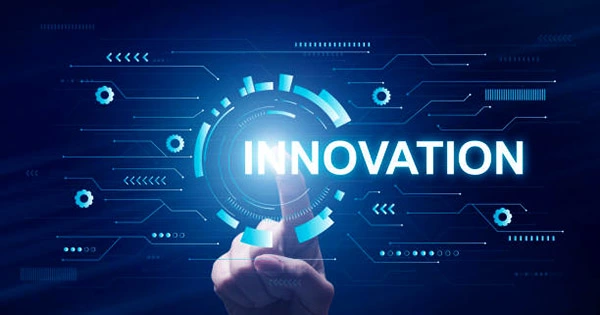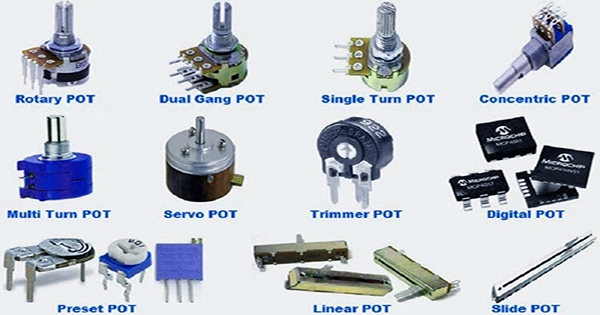According to research, most businesses lack a formal procedure for fostering innovation. This indicates that innovation typically doesn’t arise through intentional management in most businesses.
The business of innovation is uncertain and hazardous. Because of this, businesses that have excelled at it are those that have created a framework and technique for doing so. The Four Innovation Stages. Successful ideas go through certain phases that they share in common. These are the stages:
Idea Generation: At this point, fresh concepts are developed. Every innovation initiative begins with the search for and development of ideas that have the potential to be creative.
These concepts can be obtained in several different ways. You may host workshops, contests for the best ideas, or brainstorming sessions. Alternative sources of inspiration include chance encounters with customers or anyone else.
These concepts may be based on earlier concepts or entirely original. Innovative concepts typically take the following forms:
- A new market
- An unsolved customer problem
- A new technical or technological solution
When coming up with ideas, be sure to assess each one because not all of them are worthwhile to put into action.
Each concept must be evaluated for its viability and possible advantages. This will assist you in deciding which of your ideas should be prioritized and moved on to the next level of invention.
Research: You ought to have a concept that you’ve already established goals and potential advantages for by the time stage one is over.
In order to gather as much information as you can, you do an in-depth study on and analysis of your idea at this stage. Here are some initial ideas or plans for the following:
- Solution to a problem: In this case, you will need to write out the shape of your idea using descriptions or sketches. Every stipulation and requirement related to this new product is realized.
- Implementation Of Solution: How do users access your solution? You must write down your initial ideas about the implementation concept. This should include topics like production, purchasing, and logistics.
- Marketing Of The Solution: If your clients are unaware of your solution, it is useless. Your value proposition, potential sales and distribution methods, target market, price plan, etc. must all be visualized. These ideas should all be carefully and repeatedly analyzed. You should set up a system that uses a loop of continual feedback to enhance your solution.
Development And Proof Of Concept: If you have reached this point, you are prepared to develop a product that can be sold. In this setting, you create prototypes and conduct market tests in actual market settings.
You should build and modify your concepts for implementation and marketing after receiving thorough feedback.
Verify your findings and worries in this situation, and ensure that your remedy is prepared for the market.
Market: You must deliver your product or solution to your target market during this final step. This goes beyond just having your goods available. Marketing and fulfillment are equally crucial at this point.
You must ensure the effectiveness of your manufacturing, procurement, and logistics concepts. Your salespeople should be trained on how to convey the product to clients, and marketing and sales channels should be active.














